Petunia Baby Pink Plant
₹321.00 ₹241.00
The flowering period of these beauties extends from mid-spring to autumn. In order to optimally support the growth of petunias, some requirements with regard to location and maintenance have to be met
Description
Purchase Description
- Petunia (Baby Pink) Plant
- Product Material : Natural Plant With Pot , Quantity : 1
- Pot : Height : 5 Inches (13 cm), Pot Colour : Black (Plastic)
- Very easy to maintain and Suitable for gifting to Plant Lovers
Plant Description
Trailing petunias are popular plants enriching balconies and flower beds with their abundance of colours. The lushly blooming nightshades dominate their location from May to October. But their beauty is not for free, because petunias are not easy to care for. Particularly on hot summer days, the plants should not be left to themselves.
Care
The plants are frost-sensitive, but with the correct preparation, they can survive the winter undamaged. The high caring effort is quickly forgotten, as soon as the trailing petunias show their distinctive bloom in the warm spring.
Location
The petunias offered today in the local trade have little in common with their South American roots. In recent decades, renowned experts have succeeded in creating hybrids by crossbreeding. The result is robust plants, which are characterized by their high resistance and their wide colour spectrum.
The colour palette extends over blue, purple, violet to white, pink and red. Specialties like multi-coloured flowers have further extended the colour variety of the nightshades. The petunias are closely related to the tobacco plants and just like them they need a lot of sunlight to develop to their full beauty.
- a sunny spot meets the requirements
- bright half shadow is tolerated
- avoid dark places
-
Warmth and protection from rain and wind are factors that can positively influence the growth of these ornamental plants. If you do not have a balcony, you can cultivate the hanging plants on wall spurs or in hanging pots. The easy-to-maintain trailing petunias make only small demands on the substrate.
The soil should be permeable and nutritious. Far more than half of these exotic ornamental plants are cultivated in vessels. Conventional flower soils have proven their worth. Older substrate should be mixed with humus annually. Small amounts of sand make sure that the soil can not compress and the supply of water and air is guaranteed.
Watering
This flowery beauty can not cope with a dry substrate. Even short-term drought can cause considerable damage on the trailing petunias. The danger increases with tub plants in the summer. The soil in the pots can absorb only a small amount of moisture, which quickly evaporates in the heat. For this reason a regular checking of the soil is recommended.
The nightshades have fine, sticky glandular hairs on their foliage leaves. To avoid their sticking together, be careful when pouring. Strong rain can also affect the plants. A drainage is helpful with petunias in the bucket to prevent wet feet. A layer of porous material dissipates excess water more quickly from the plant roots and prevents root rot.
For this purpose, a 3 to 5 cm thick layer of porous, non-putrescible materials is spread across the vessel bottom. Among other things, lava grit, clay shards or coarse pebbles have proven their worth for this purpose. A substrate layer should separate roots and drainage from each other.
Fertilizing
The pretty plants transform every hanging pot and every balcony box into a lush flower sea. In order for the plants to achieve this goal, a regular supply of nutrients is useful. Special fertilizer for petunias has the necessary minerals, which support the growing of the blossoming beauty as well as the formation of flowers.
To avoid over-fertilization, the products may only be used according to the packing instructions. Too high doses of nutrients can damage the roots and cause excessive growth of the shoots. Liquid fertilizer should only be administered with the pouring water. If the trailing petunia is wintered, the last fertilizer is delivered at the beginning of August.
Cultivation
With the right care and procedures, trailing petunias are perennial. If you want to reduce your maintenance effort, you can renew the plants from your own seeds annually. In order to obtain the seed, the faded inflorescences must not be removed. Once the seed capsules are mature, remove them with a sharp pair of scissors and store them in a dry, dark place.
The breeding of Petunia is simple:
- January is the right time
- a flat breeding vessel and lean soil are needed
- sprinkle the fine seed and cover it only with a very thin layer of substrate
- the soil must not dry
-
High humidity ensures fast and reliable germination. With a simple trick, a mini-greenhouse can be established on the window sill.
- spread skewers on the edge of the planter
- stretch a transparent, perforated foil over it
- the foil must not touch the substrate
-
In such a cultivation of seeds, rotting earth is a frequently occurring problem. To prevent this, you should take off the foil for a few minutes every day and keep the soil slightly moist, but not wet. As soon as the young seedlings have reached a size of about 3 to 5 cm, the foil isn’t needed anymore.
- spray it regularly with low-lime water
- a bright, warm window sill is the ideal location
- avoid full sunshine and active heat sources
Disclaimer: The image is for reference purposes only. The actual product may vary in shape or appearance based on climate, age, height, etc.
Only logged in customers who have purchased this product may leave a review.



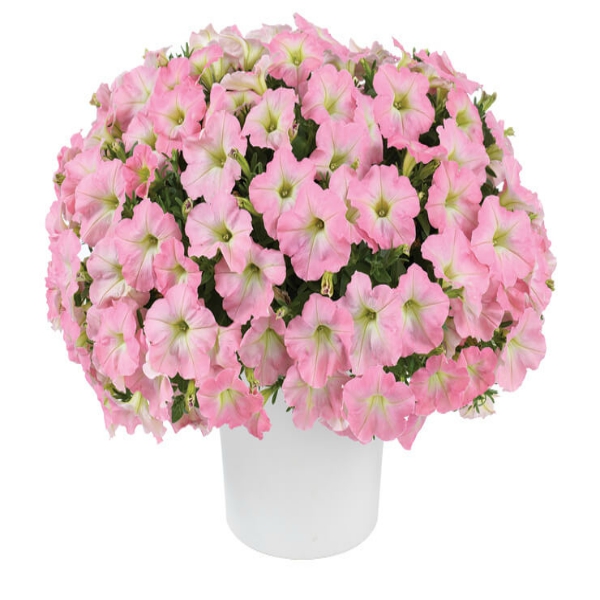
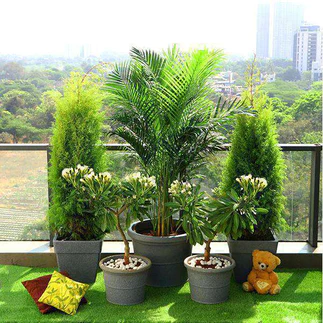
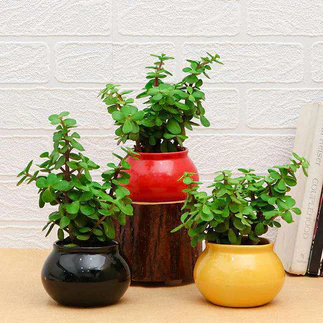
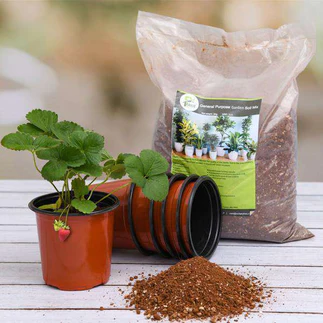
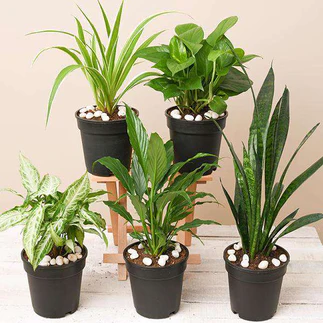
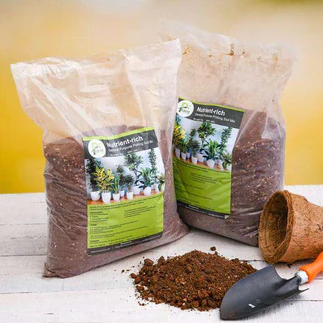
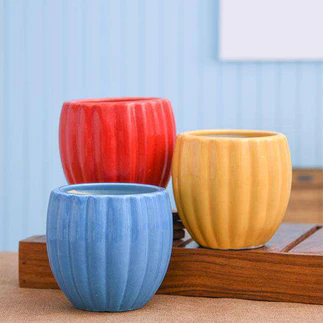
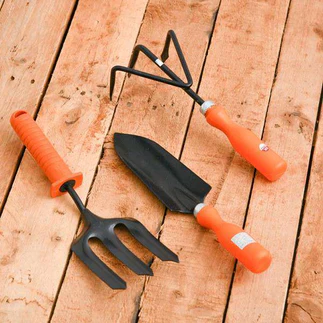
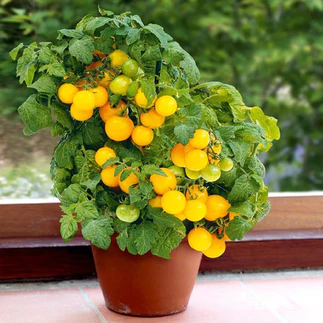
Reviews
There are no reviews yet.